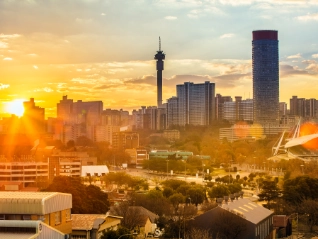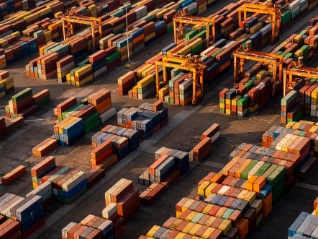
Publikácie a tlač

Aktuálne ekonomické správy z celého sveta

Videá
Pharmaceuticals businesses throughout the world are reviewing their operational and...


Chemicals production growth projected to slow in 2025/2026 due to US tariffs

Trade tensions trigger higher insolvencies

US business response to shifting trade policies

Survey findings across the United Arab Emirates highlight mounting financial pressure on companies amid rising bad debts

Our survey of companies across Indonesia reveals increasing pressure on liquidity, with many expressing serious concerns about rising levels...

Singapore’s corporate sector sharpens focus on liquidity as B2B customer payment risk management becomes business-critical
Zobrazenie 7 z 299
Political gridlock and rising debt in France risk undermining eurozone stability and business confidence


Amid economic and geopolitical volatility, ICISA...

The Atradius Buyer Impersonations factsheet offers valuable insights and practical advice on...

Atradius' affiliated company in South Africa, CGIC, highlights the critical role of credit insurance in today's volatile...

Confusion haunts the global economy as growth slows and trade and manufacturing sectors brace for impact

Tangible benefits from May’s trade agreement will be small, but the deal may be a first step on the path to closer ties and more...

Rising public borrowing and market volatility is hiking borrowing costs for businesses as well as...
Zobrazenie 7 z 46
Získajte prehľad o našom poistení podnikateľov a všeobecnom poistení.
Ďalšie videá o spoločnosti Atradius nájdete na našom kanáli YouTube.
Kontakt pre média
































